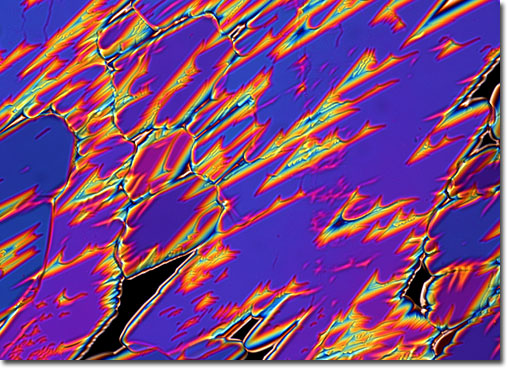|
Despite the usefulness of ethidium bromide, many other fluorescent dyes have been developed for detecting nucleic acid components in recent years. The reason for this progression is largely due to the fact that ethidium bromide use is plagued by many possible hazards. For instance, although it is not regulated as a hazardous waste, the material is a possible carcinogen with strong mutagenic and poisonous properties, so it should always be handled with great care and be disposed of as a biohazard. Moreover, inhalation of ethidium bromide dust could cause serious side effects since the stain is known to be a severe respiratory irritant. Dermal contact with the substance, which should also be avoided, is easy to detect in the laboratory because a light to deep purple stain that forms on the skin is readily observable.
|
